GIMP 2.10 now offers the ability to display and edit metadata of images as needed. This feature supports various file formats and ensures that you can utilize your image information effectively. The new metadata editor is a valuable tool for photographers, designers, and anyone working with images. In this guide, you will learn how to make the most of this feature.
Key Insights
- GIMP 2.10 allows viewing and editing of image metadata.
- You can add important information such as the author, description, and copyright information through the metadata editor.
- Changes are saved directly in the image and can be viewed in other programs like Photoshop.
Step-by-Step Guide
Step 1: Open Image in GIMP
First, you need to open the image whose metadata you want to edit in GIMP. You can do this by dragging the desired image, for example of a rhinoceros, into the GIMP window. Alternatively, you can open the image via the “File” menu.

Step 2: Display Image Information
To view the image properties, select the option “Show Image Properties” from the “Image” menu. Here you can see information such as the size of the image in pixels and the file name. It is important to look at this information before working with the metadata.
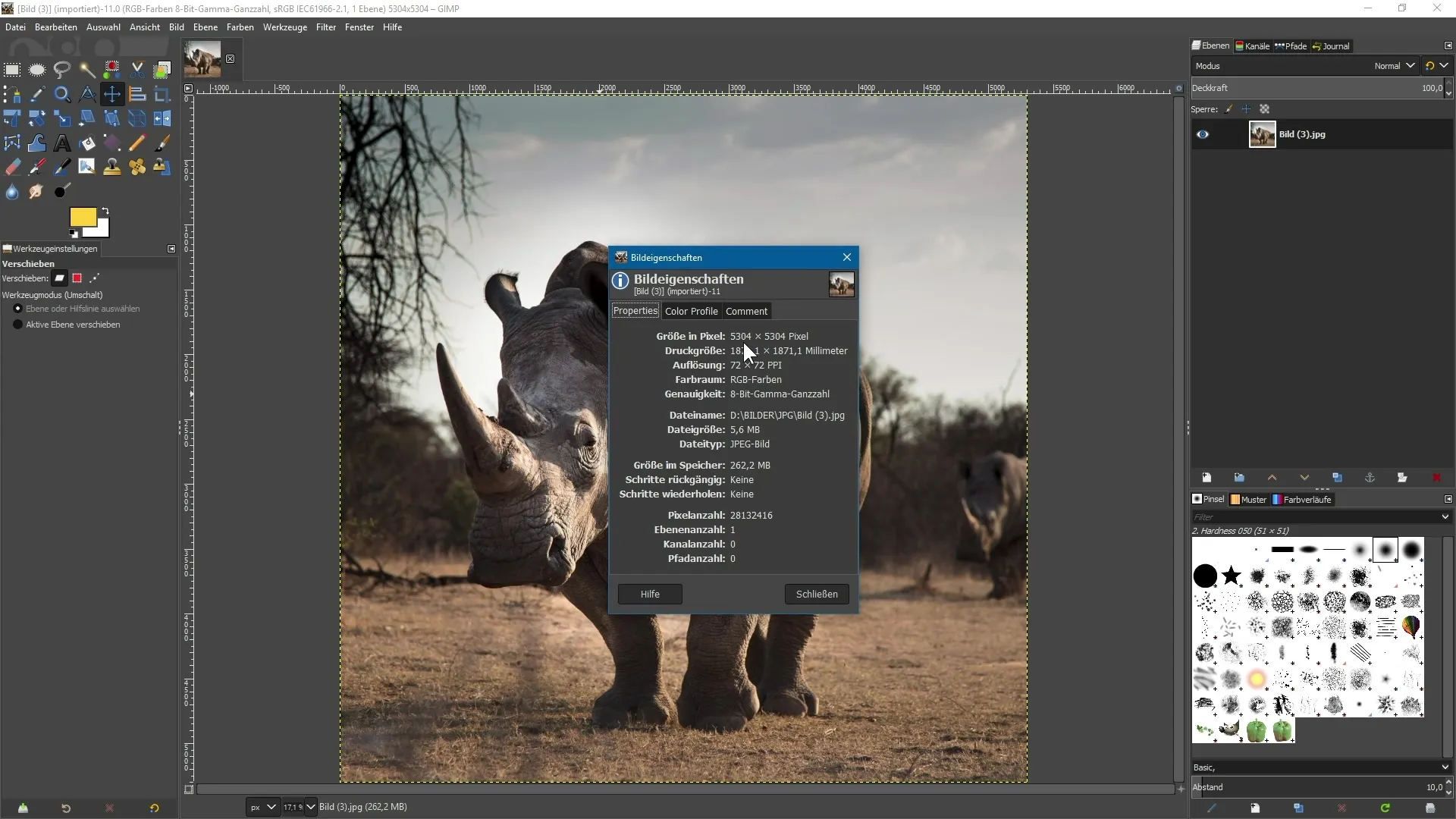
Step 3: Access Metadata
To view or edit the metadata, again go to “Image” and select “Metadata.” This will open the current metadata view in a new overview.
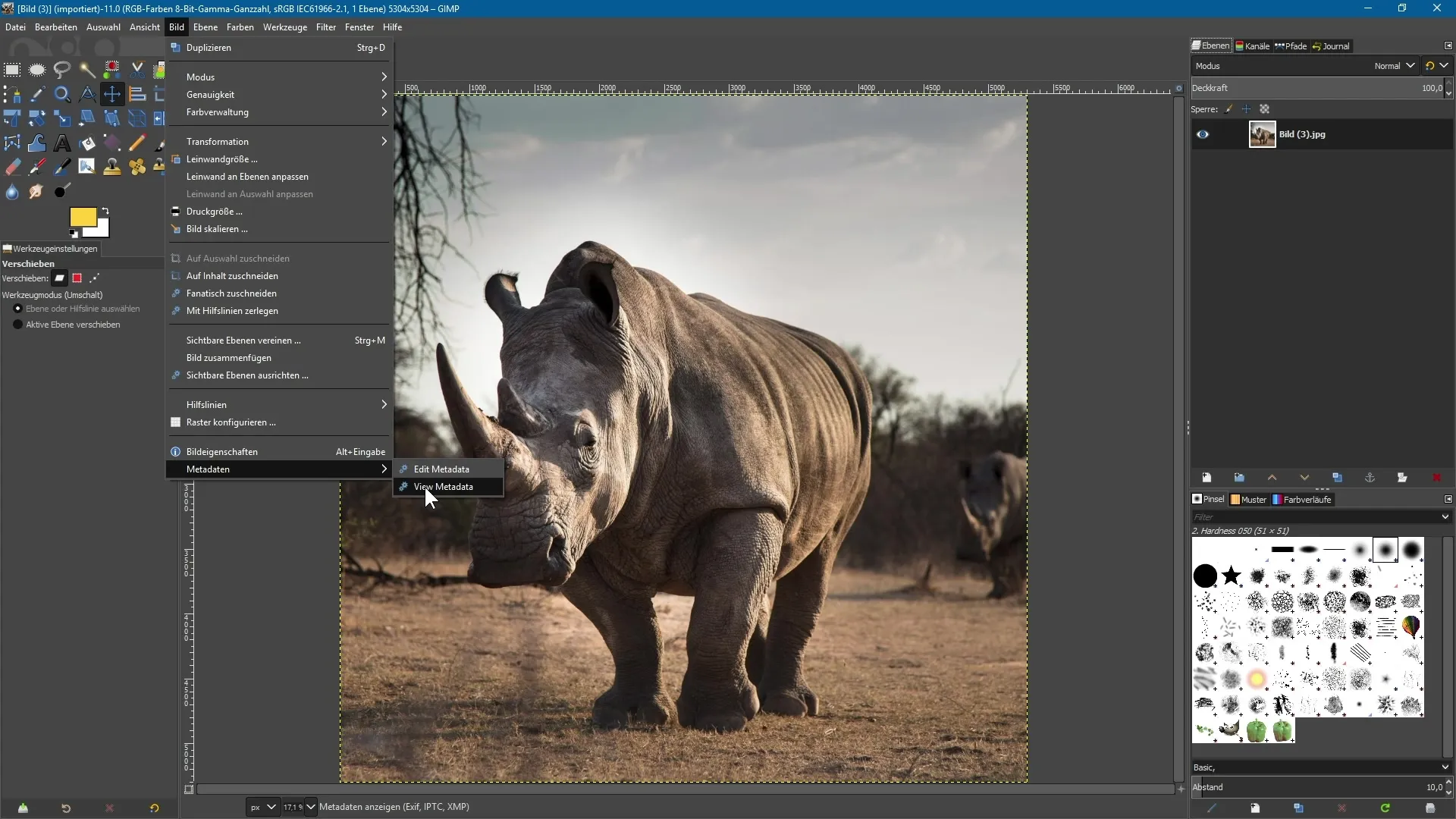
Step 4: View Metadata
Click on “View Metadata” to display the current metadata of your image. Here you can see various information such as EXIF, XMP, and IPTC. In this example, not much information is available yet.
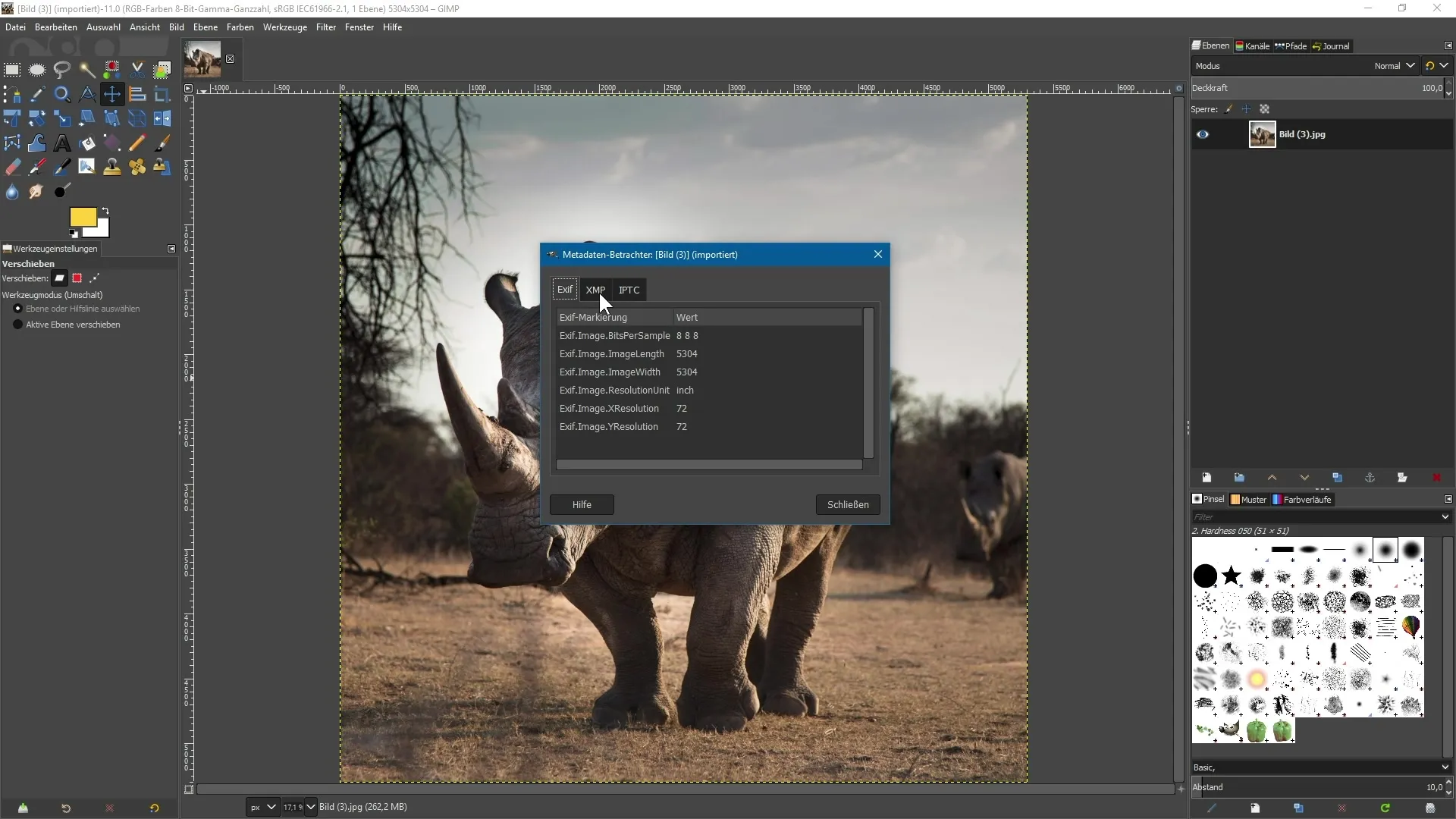
Step 5: Edit Metadata
After you have displayed the metadata, you can edit it. To do this, select “Image” and then “Edit Metadata” again. Here, you have the option to insert a document title, such as “Rhinoceros.”
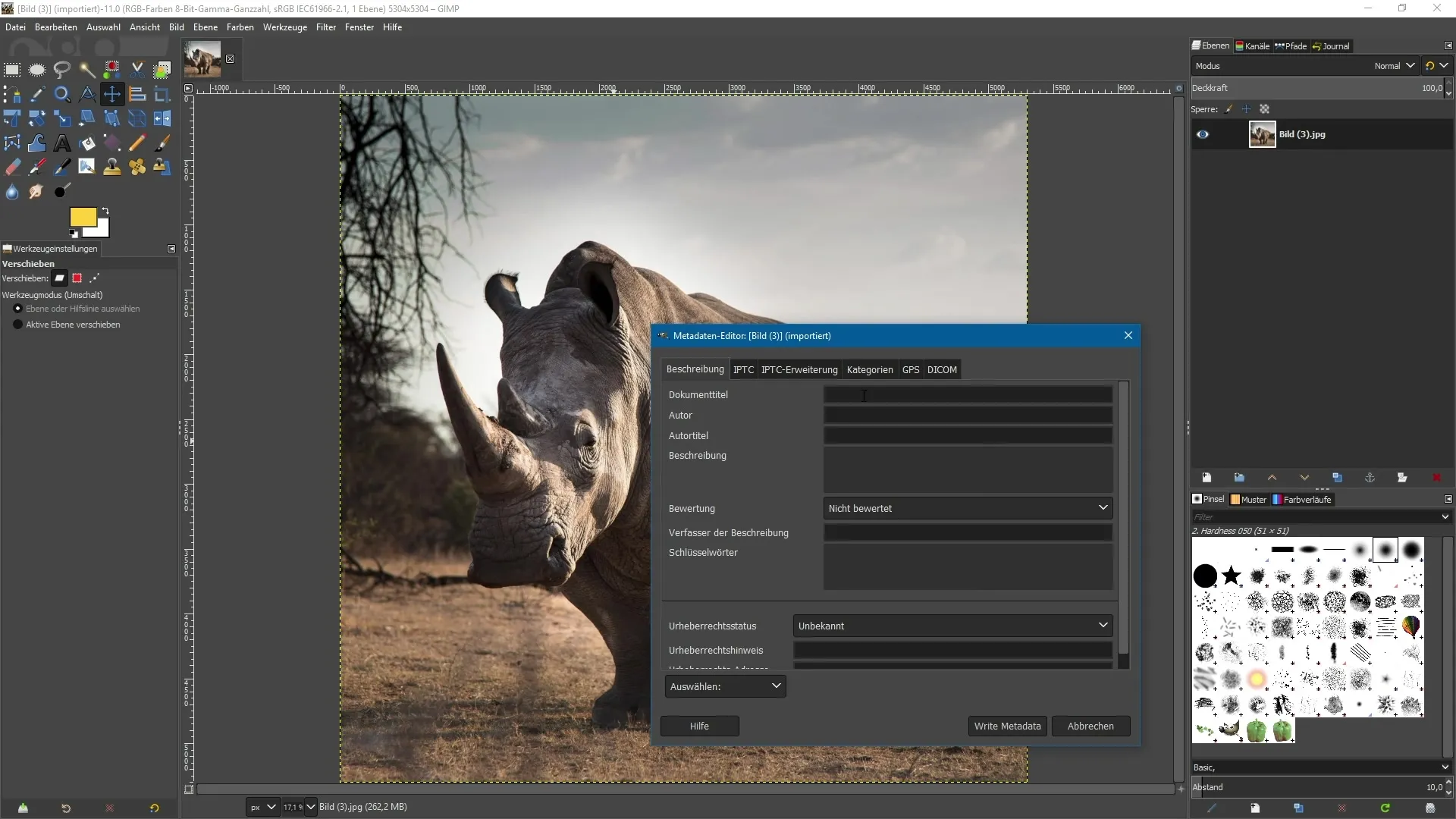
Step 6: Add Author and Description
You can now also specify the author of the image. If you do not know the name, you can simply enter “Photographer.” Also enter a description like “a beautiful rhinoceros in the wild.” This information will help later in identifying the image.
Step 7: Specify Ratings and Copyright Status
Furthermore, you can rate your image, for example with four stars. You also have the option to set the copyright status of the image. Is the image copyrighted or is it in the public domain? In this case, select “public domain.”
Step 8: Add GPS Coordinates
Another useful feature is the ability to add GPS coordinates via the WR metadata. This information is especially helpful if you want to record the geographical location of the image.
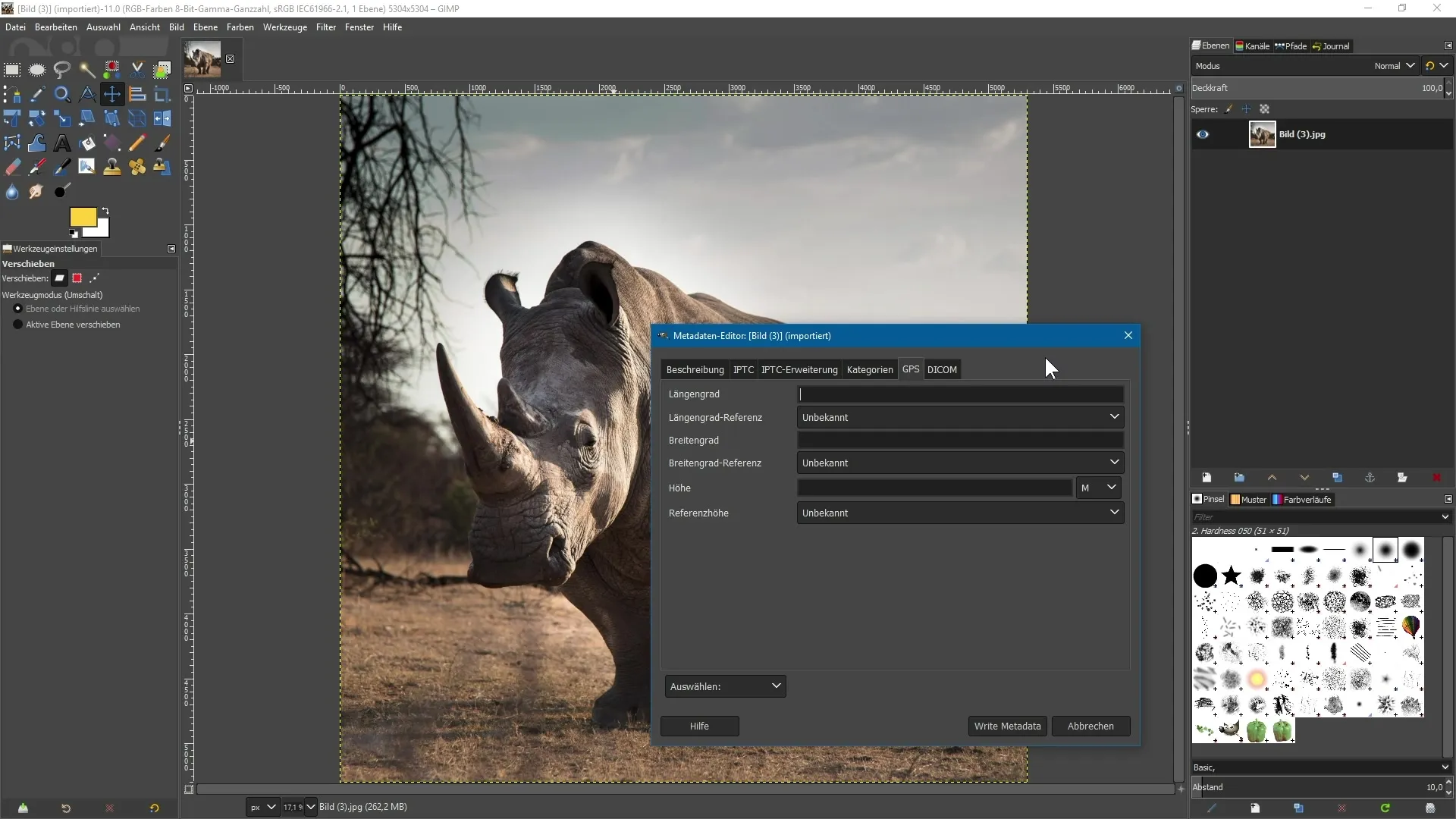
Step 9: Save Changes
To save the changes to the metadata, you need to either overwrite the image or save it as a new file. For this, go to “File” and then “Save Image As.”
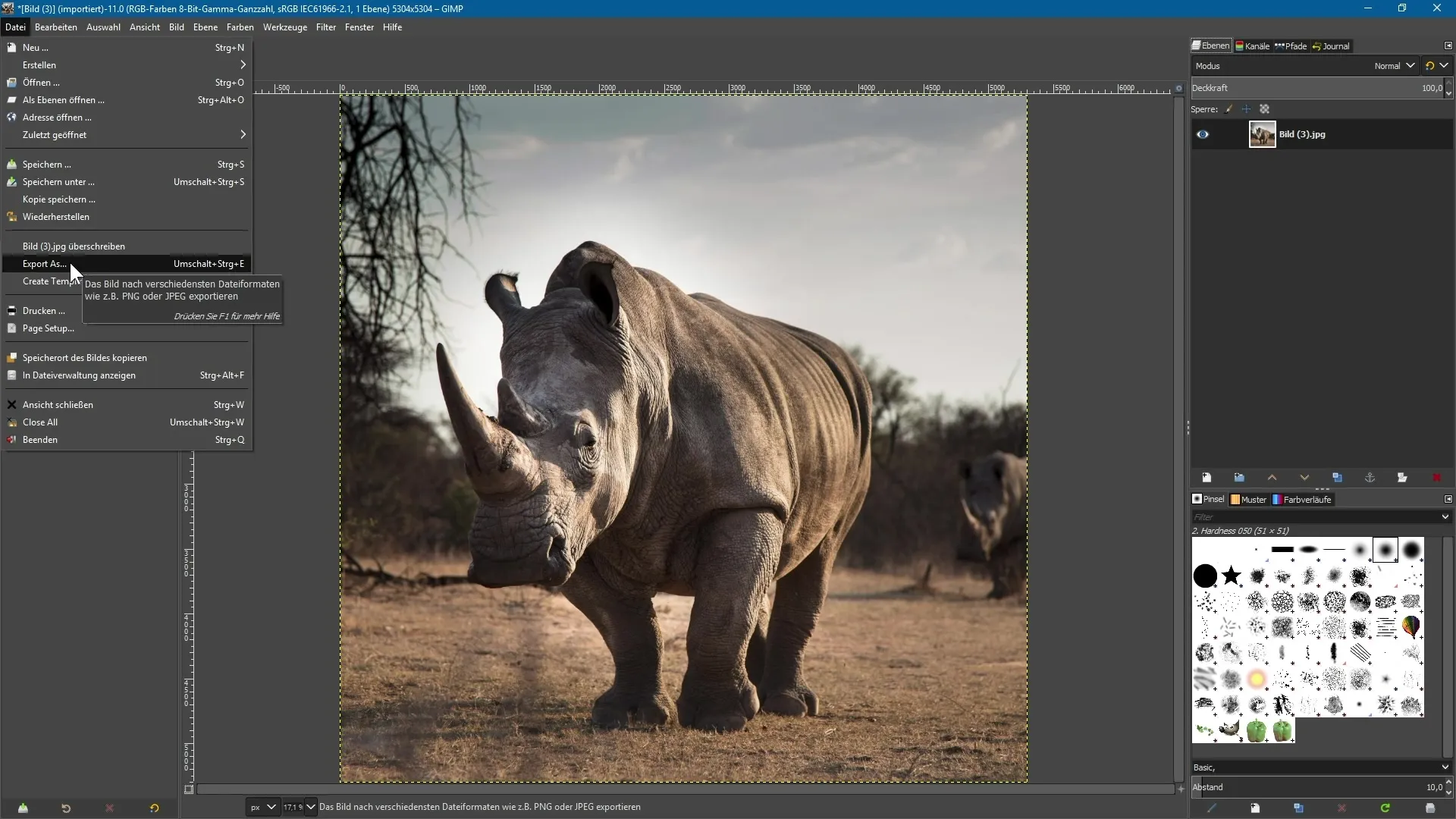
Step 10: Check Metadata in the New File
After the image has been saved, open it again in GIMP to check the changes. Follow the same steps as in Step 3 to ensure that the new metadata has been correctly applied.
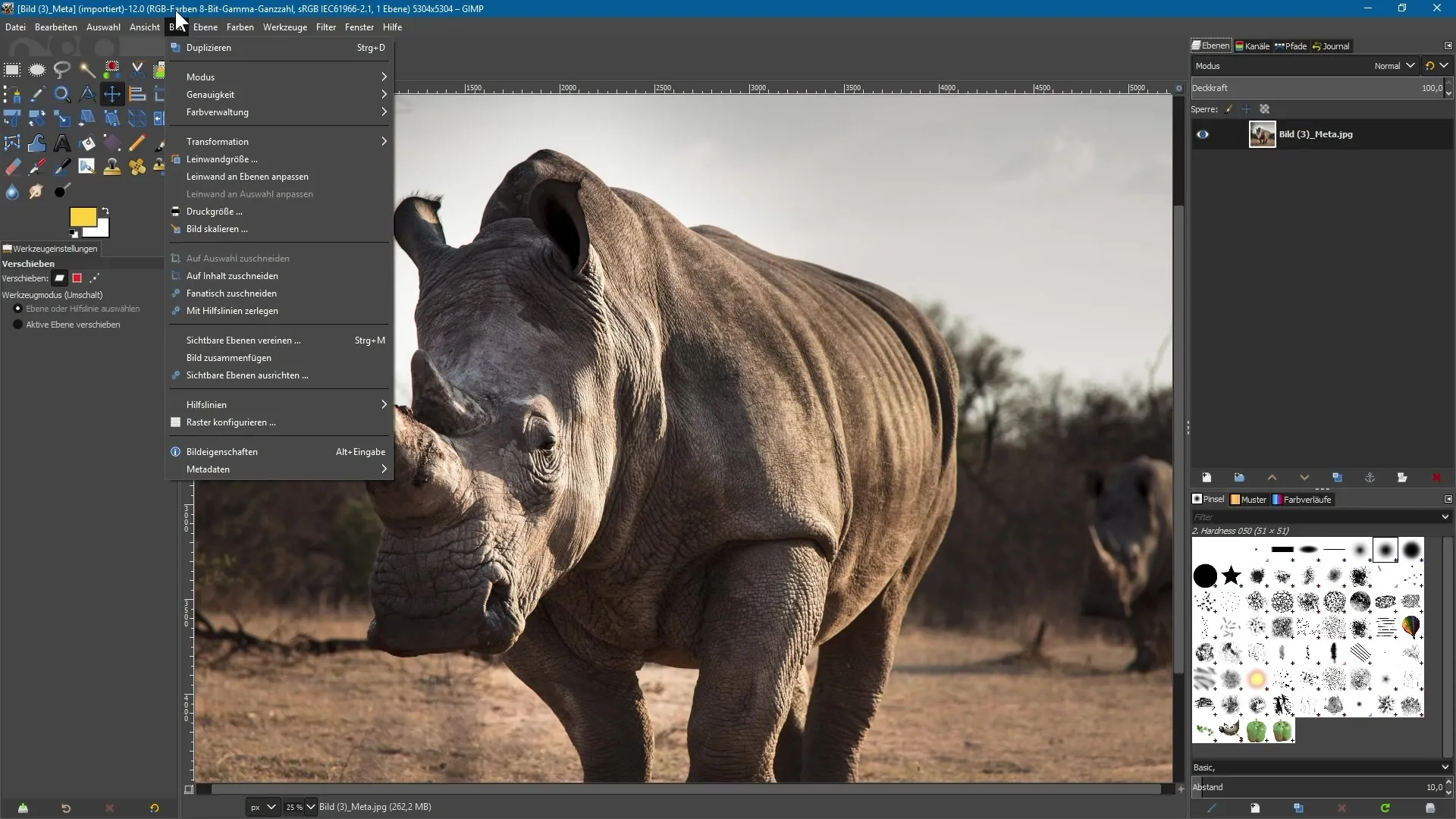
Step 11: Check Image in Photoshop
You can also open the image in Photoshop and check the metadata there. Go to “File” and then “File Info” to ensure that all entered data has been correctly applied.
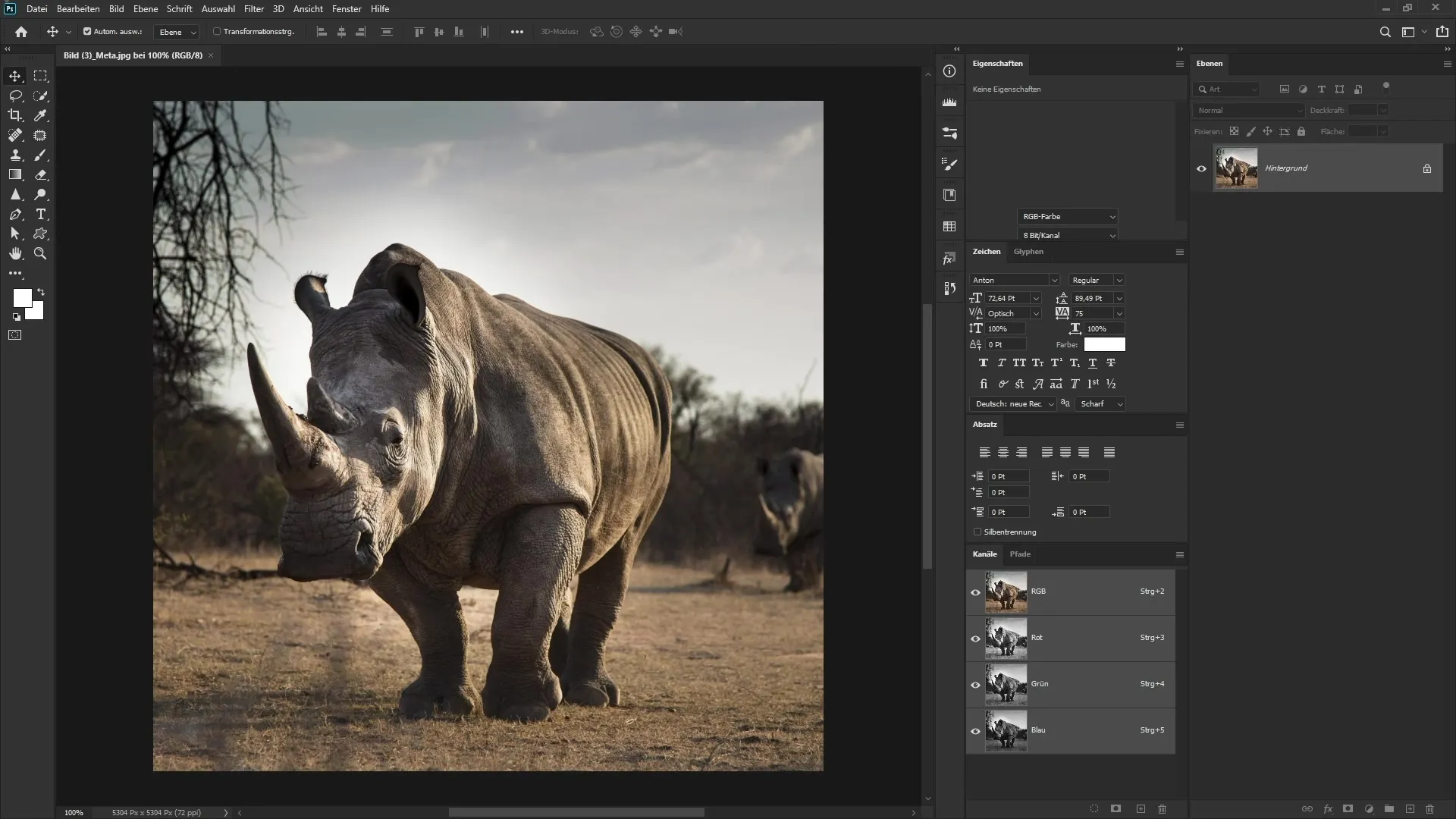
Step 12: Draw Conclusion
The ability to create and modify metadata in GIMP is a great addition to the program's features. However, there is still room for improvement, especially regarding the consistency of metadata across different applications.
Summary - Introduction to GIMP 2.10's Metadata Editor
In this guide, you learned how to use the new metadata feature in GIMP 2.10. You went through the basic steps to view, edit, and save image metadata. This way, you can ensure that your image contains the correct information and displays correctly in other programs.
Frequently Asked Questions
How do I open an image in GIMP?You can open an image in GIMP by dragging it into the GIMP window or by selecting the “Open” option from the “File” menu.
Can I save metadata in GIMP?Yes, you can save the metadata in GIMP by either overwriting the image or saving it as a new file.
Are the metadata visible in other programs?Yes, the metadata you enter in GIMP is also visible in other programs like Photoshop.
Are all metadata formats supported?GIMP supports common metadata formats like EXIF, XMP, and IPTC, but some features are still in development.
What can I do if the metadata does not display correctly in Photoshop?If the metadata does not display correctly in Photoshop, check if you have entered all necessary information in GIMP and saved the image correctly.


